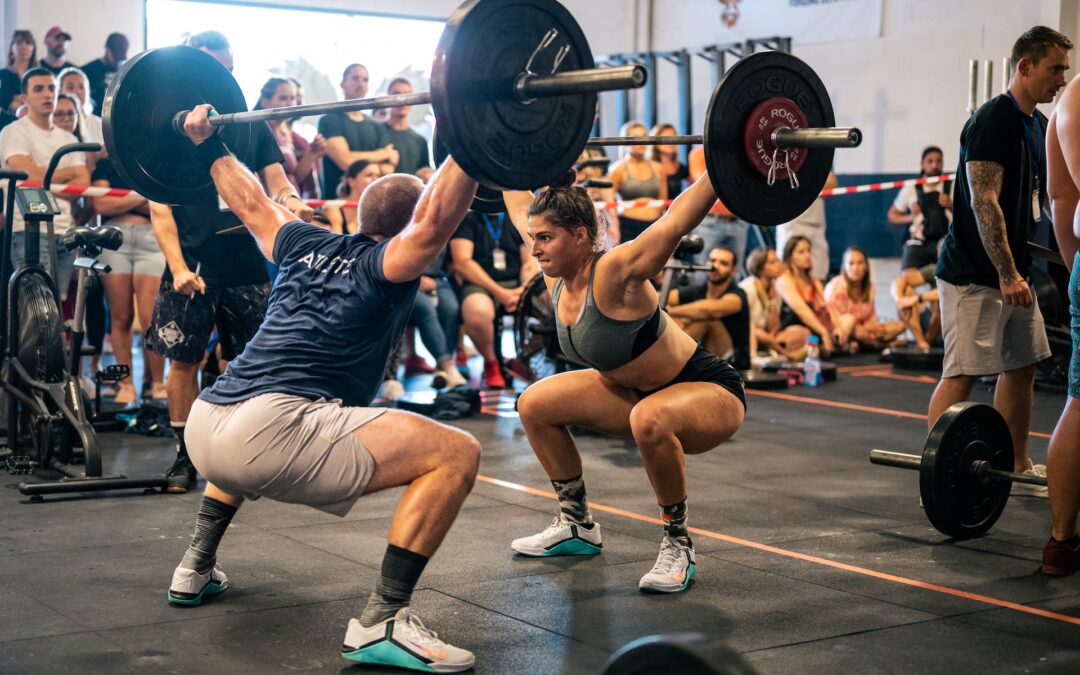Embarking on the journey of Olympic lifting demands more than just sheer strength; it requires a meticulous assessment of one’s physical readiness and biomechanical proficiency. Whether you’re a seasoned athlete seeking to optimize performance or a fitness enthusiast aiming to explore new horizons, understanding the prerequisites for Olympic lifting is paramount. In this article, we delve into the essential criteria and considerations that determine your eligibility for Olympic lifting, offering insights to help you navigate this dynamic and demanding realm of strength and athleticism.
“Most of us do not particularly need to practice the olympic lifts, they are not specific to any sport other than professional Olympic Weightlifting and there are many ways to improve mobility, strength and power whilst avoiding these highly technical lifts requiring years of training to master.”
Olympic lifts, when performed correctly, epitomize the fusion of mobility, stability and strength, showcasing the summation of forces through the kinetic chain during closed skill execution. The Snatch and the Clean & Jerk represent these lifts. Derivatives (e.g., hang pulls, power snatches) are commonly practiced in surf/rugby/MMA (insert competetive sport of choice) performance centers to enhance strength, speed, and power efficiently. With CrossFit’s rise, understanding these mechanics is crucial for physical therapists and coaches alike. Weightlifting demands extreme ranges of motion, high loads, and explosive force development. Achieving peak efficiency necessitates flexibility, mobility, stability, strength, coordination, balance, and maximal power.
The multi-joint and multi-motor patterns necessary for pulling, squatting, and jerking are deemed pertinent to various sports, especially jumping and throwing (Channell & Barfield, 2008). Consequently, many strength and conditioning coaches have long employed Olympic lifts and their derivatives to enhance athletes’ power output. Today, their popularity has surged, driven by the increasing participation in CrossFit and other circuit classes where Olympic lifts are frequently executed under timed or rep-set conditions, deviating from their intended form.
Injuries and Weightlifting
Injuries to the lower back, knees, and shoulders are the most common (Faigebaum et al., 2008; Junge et al., 2009; Raske & Norlin, 2002). However, there is a relatively low injury incidence within the professional sport compared to other elite-level sports. The elites demonstrate excellent technique, significantly reducing the risk of training injuries. However, the majority of weightlifting/CrossFit is not practiced at the elite level. A search for “CrossFit fails” on YouTube reveals this reality.
Components of the Lifts to Consider
1. Pulling
The goal is to generate power to lift the bar just enough to drop the body under it swiftly into a full squat. The lower back is particularly vulnerable during the pull phase if the athlete cannot maintain a neutral spine. Problems may arise due to:
- Limited mobility of the ankle, hip, and thoracic spine.
- Limited flexibility of the hamstrings, glute max, and external hip rotators, adductors.
- Weak hip extensors, which increase demand on trunk-extensors, leading to lumbar spine flexion for mechanical advantage.
- Poor trunk extensor strength and endurance.
- Suboptimal pulling mechanics, utilizing the back rather than the hips.
- Inadequate wrist mobility when catching the bar on the shoulders.
2. Squatting
The athlete must drop under the bar and control it over the shoulders (clean) or overhead (snatch) in a squatting position, eccentrically. There’s a great deal of flexibility, mobility, strength, and control required here, hardwired!
Symmetry is crucial for squat technique. Contralateral (left to right) deficits in strength, power, endurance, flexibility, or mobility may lead to overload on one side of the body—for example, shifting the pelvis to one side at the bottom of the squat. Potential injuries include lower spine damage, lower back muscle strain, intervertebral disc changes, hip impingements, quadriceps and patellar tendinopathy, and knee joint/meniscal injury, all stemming from technique issues.
Here are some compensations that can result in problems:
- Posterior pelvic tilt caused by poor hip, spine, and ankle mobility, inadequate hip or back strength.
- Weight shift due to mobility, strength, or motor control issues.
- Hip internal rotation, knees dropping inward, forward movement of the knees, rounding of the spine, and rotating of the hips may occur due to mobility or strength issues.
- Forward movement of the knees loads up the patellofemoral joint and the patellar and quadriceps tendons.
- Caving in of the knees causes loading stress on the inner knee, often associated with poor ankle mobility and hip range/strength deficits.
3. Overhead Position
To help you prepare for Olympic lifting, visit my online strength and conditioning.
